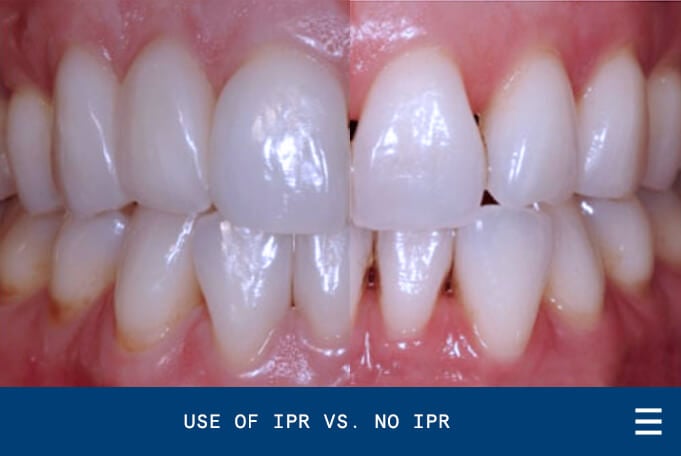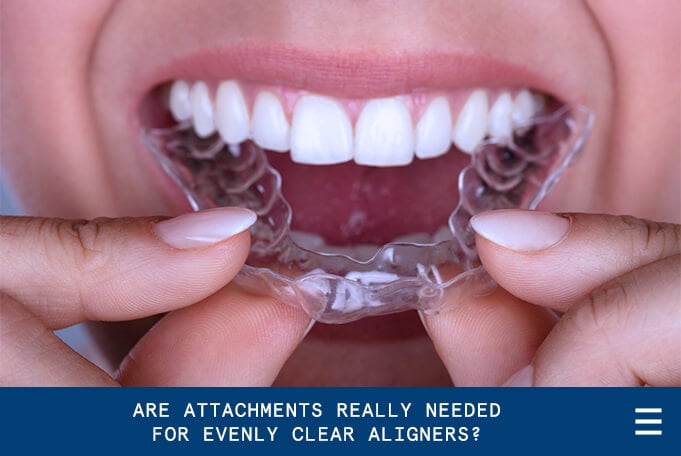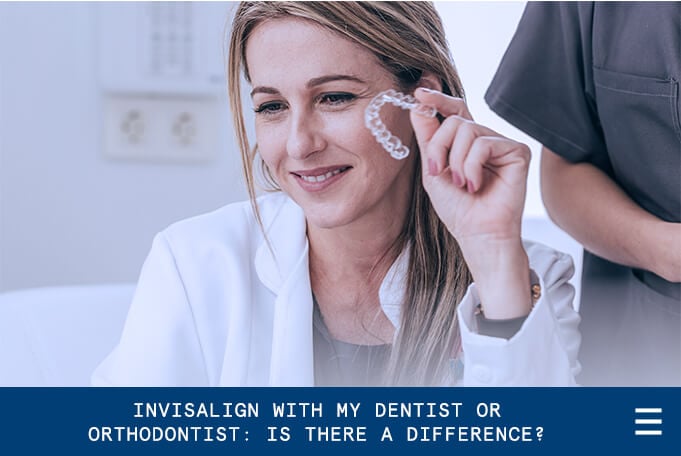Phase One Orthodontics
Over the last few decades, Invisalign treatment for children (Phase One Orthodontics) who have primary (baby) teeth has become more prevalent, since some children greatly benefit from Phase One Orthodontics. Early creation of space allows for the normal eruption of teeth that may be blocked. Additionally, jaw orthopedics during growth can create a better face profile and a better bite. If the child’s dental problems might be addressed easily later, you might wait, but these opportunities during a child’s early growth and development expire with time.
Previously, Phase One Orthodontics was performed with a mix of braces and removable appliances. Typically, expansion was performed first with an expander which was either cemented in or used as a removable device. To influence jaw growth in the front-to-back dimension, a variety of other devices have been used including headgear and larger plastic appliances (jaw orthopedics) that fit inside the upper and lower arch to stimulate or inhibit jaw growth.
Benefits of Invisalign
Invisalign is remarkable in that it has the capability of doing everything at the same time. Aligners are excellent at expansion and general arch development, while at the same time utilizing the resultant space to resolve crowding. Moreover, rubber bands work much faster with aligners than braces because the rubber bands are connecting to an entire arch instead of a single tooth.
Aligners preserve or increase space for new teeth and can also guide the normal eruption of teeth. Braces can’t do that. Occasionally, when new teeth come in, we have the aligners remade at no extra charge.
Since treatment is first performed on a computer model, it is hyper-efficient, with no wasted movement and every small amount of movement is highly targeted to achieve 100% of its predetermined goal. With braces, nothing is measured. Braces are a series of estimated movements, adjustments and re-evaluations.
Invisalign vs. Braces: Effectiveness & Compliance
Sometimes, parents have concerns about Invisalign for 7 to 12-year-olds which can be easily dispelled. Some parents find it hard to believe that flimsy looking aligners can work as well as the metal hardware on braces. In fact, aligners far out-perform braces due to lighter more biological forces. More controlled force fully enveloping each tooth and computer modeling combine to provide faster and more accurate treatment as compared to the series of estimated movements and adjustments with braces. Bottom line, although metal braces look more powerful, teeth move faster with the gentle force of aligners.
Another concern of parents is aligner loss, since Invisalign is a removable appliance. Actually, aligner loss is rarely an issue. Since the patient has a box of sequentially numbered aligners and the intervals between each aligner is very small, if an aligner is lost, the patient can usually just move on to the next aligner.
Finally, some parents don’t think a 7-year-old child will be as compliant with wearing aligners as adults, however, kids actually do better. Additionally, the bone biology at these early ages is so robust that in many cases consistent night time wear is adequate enough. Additionally, we need to keep in mind that we are not comparing Invisalign to doing nothing, we are comparing it to braces. Braces require much more compliance, including brushing around each bracket and being cautious about biting into anything hard which may dislodge a bracket. Also, there are many extra office visits and even emergency visits with braces due to loose brackets and painful poking wires. Inadequate brushing with braces leads to decalcification of the enamel leaving permanent scars on teeth. This is why when we have special needs kids we only use Invisalign which leads to less stress, faster treatment and fewer visits than braces.
Unnecessary Office Visits with Braces
Inconsistent or variable aligner wear is the norm for all ages. At Evenly, we have the ability to manage variable wear with our Evenly Track mobile app. Our high-tech mobile app enables us to check patents every week to see if they are ready to go to the next aligner, greatly reducing the need for in-office visits. The result is our ability to keep patients on track with the fastest, most predictable outcomes. Traditional in-office orthodontist visits every few months are often too late, with traditional orthodontic patients often getting off track, elongating treatment times by months and even years. Our Evenly Track mobile app has solved this problem.
Take Away
Our Evenly team has used Invisalign for kids and teens for more than 10 years because it outperforms braces in most cases. Phase One Orthodontics makes Phase Two easier, resulting in a better, more accurate treatment and facilitates the normal eruption of teeth, reducing the need for extraction of permanent teeth later in life.






